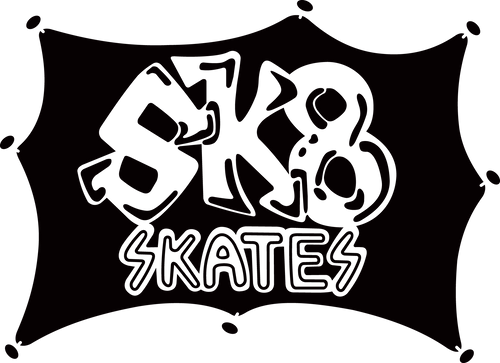
All About Snowboard Bindings: Types, Features, and Choosing the Right Pair
Introduction
Snowboard bindings are the critical link between you and your board, translating your movements into actions on the snow. They play a vital role in your comfort, control, and performance on the mountain. Understanding the different types of bindings, their features, and how to choose the right pair is essential for every snowboarder. This article delves into the world of snowboard bindings, offering insights to help you make an informed decision.
Understanding Snowboard Bindings
-
Function: Bindings secure your boots to the board and are pivotal in transferring your muscle movements to the board. They consist of a baseplate, highback, straps, and buckles, each component playing a role in the binding's overall performance.
-
Compatibility: Ensure your bindings are compatible with both your snowboard and boots. The mounting system on your board (2x4, 4x4, or The Channel) needs to match the baseplate of the bindings, and the bindings should fit your boots snugly without any excess movement.
Types of Snowboard Bindings
-
Strap Bindings: The most common type, featuring adjustable straps that secure your boot in place. They offer excellent support, control, and are available in various flex ratings to suit different riding styles.
-
Rear-Entry Bindings: Also known as speed-entry bindings, they allow quicker and easier boot entry with a hinged highback. While convenient, they may offer slightly less response compared to strap bindings.
-
Step-On Bindings: These bindings eliminate straps altogether, offering the fastest transition from walking to riding. They require compatible boots and provide a secure, responsive connection, although options are more limited compared to strap bindings.
Choosing the Right Bindings
-
Riding Style: Consider your preferred riding style when choosing bindings. Freeride bindings tend to be stiffer for better control at high speeds, while freestyle bindings are more flexible for tricks and jumps. All-mountain bindings offer a balance between the two.
-
Flex Rating: Bindings are rated from soft to stiff. A softer binding offers more comfort and maneuverability, ideal for beginners and freestyle riders. Stiffer bindings provide greater precision and are favored by freeriders and advanced riders.
-
Features: Look for features that enhance comfort and performance, such as cushioned baseplates to absorb shocks, adjustable highbacks for better calf support, and tool-less adjustments for easy on-the-go tweaks.
-
Fit and Comfort: Ensure the bindings fit your boots properly. They should hold your boots securely without any pressure points. Trying on different models with your boots is the best way to find a comfortable and effective fit.
Conclusion
Snowboard bindings are a vital component of your snowboarding setup, influencing your experience on the mountain significantly. By understanding the different types and features of bindings and considering your riding style and comfort, you can select the perfect pair to enhance your performance and enjoyment of the sport. Remember to regularly inspect and maintain your bindings to ensure they remain in optimal condition throughout the season.
Visit your local snowboard shop or explore online to find the ideal pair of bindings that match your snowboarding style and preferences. Don't hesitate to seek expert advice and try different options to find the perfect fit for your snowboarding adventures.
Legit since 1987.
Sk8 Skates is more than just a skate and snowboard shop, it is a family of individuals committed to strengthening the Winnipeg skateboard and snowboard scene.





